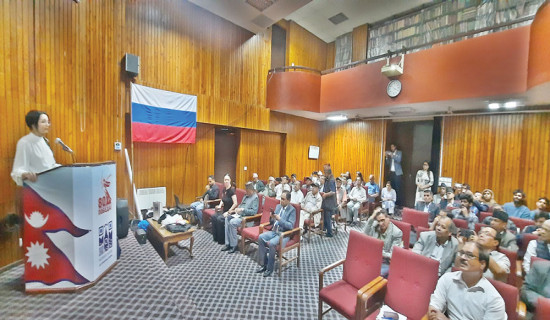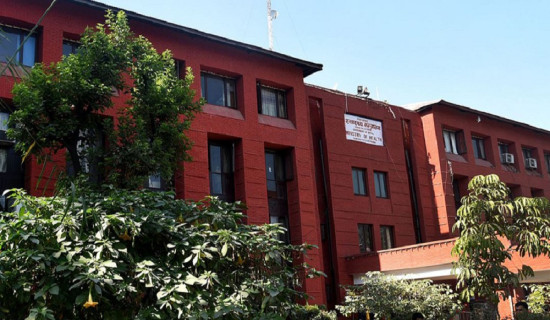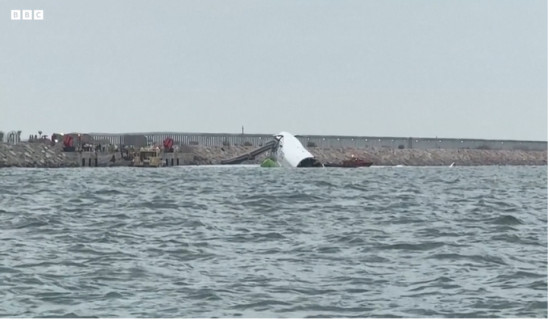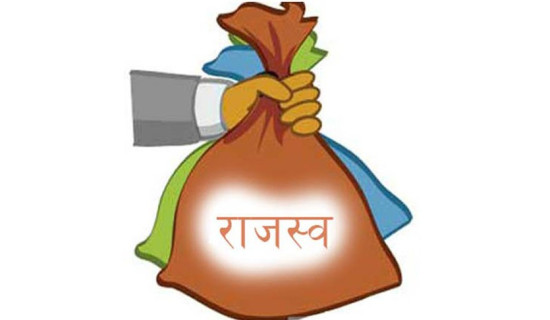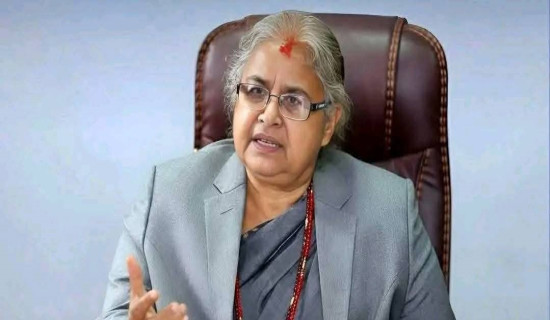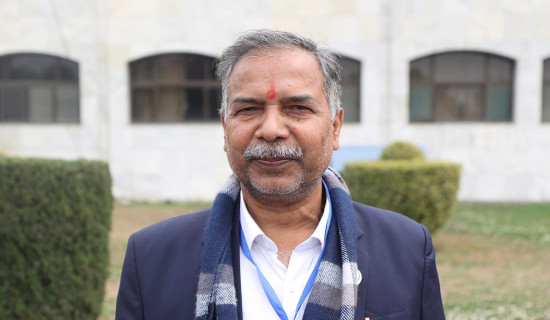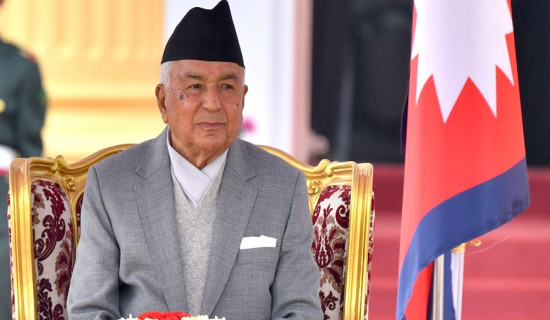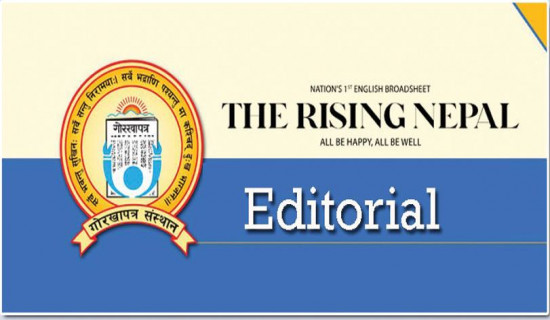- Monday, 20 October 2025
Rising Heat Waves: Killing the Innocent
 Shalik Subedi
Shalik Subedi
The recent heat wave in Nepal's Terai region has
been caused a lot of damage. It's been really tough on vulnerable people, and
we've seen multiple lives lost because of it. One example is Moti Raj Rai, a
67-year-old laborer from Jhapa District in Damak Municipality. He couldn't withstand
the heat and sadly passed away on June 2, 2024. Another victim was Thaneswor
Pariyar, a member of the Dalit community from Arghakachi in Kapilbastu
District. Dehydration took his life. And it's not just them. Raj Mangal Ray
Yadav, a 52-year-old cyclist, met the same fate due to the scorching heat.
These heartbreaking incidents shed light on the immense
suffering faced by toiling workers and impoverished groups during extreme
temperatures. They're hit the hardest, and it's just not fair. But it doesn't
stop there. The heat wave is causing disruptions in education too. There are
instances of children fainting in schools, and some institutions have even had
to temporarily shut down.
This situation demands immediate action to protect
those at risk. We need to provide them with enough hydration facilities, create
shaded workspaces, and ensure there's emergency medical support available.
These measures will help lessen the negative impacts of rising temperatures in
the region and provide some relief to those who need it most.
Nepal, a Himalayan nation, is dealing with the harsh
effects of climate change and global warming. Despite contributing very little
to global carbon emissions, Nepal is facing extreme weather conditions, melting
glaciers, and devastating impacts on its agriculture and water resources.
Nepal's struggle is that of an innocent victim. This sheds light on the
ignorance of major industrialized countries responsible for significant carbon
emissions.
Temperature Rise and Impact
Nepal has been hit by scorching heat waves. On 16th June, the capital city, Kathmandu recorded a temperature of 34.4 degrees Celsius. The capital of the far western province, Dhangadhi, registered a sweltering 44 degrees, while Nepalgunj reached 43 degrees Celsius. These numbers represent a harsh reality where people of all ages, especially in the Terai region, are struggling to cope. Nepal Climate Watch says, “Even Kathmandu, once known for its moderate climate, is becoming increasingly inhospitable”.
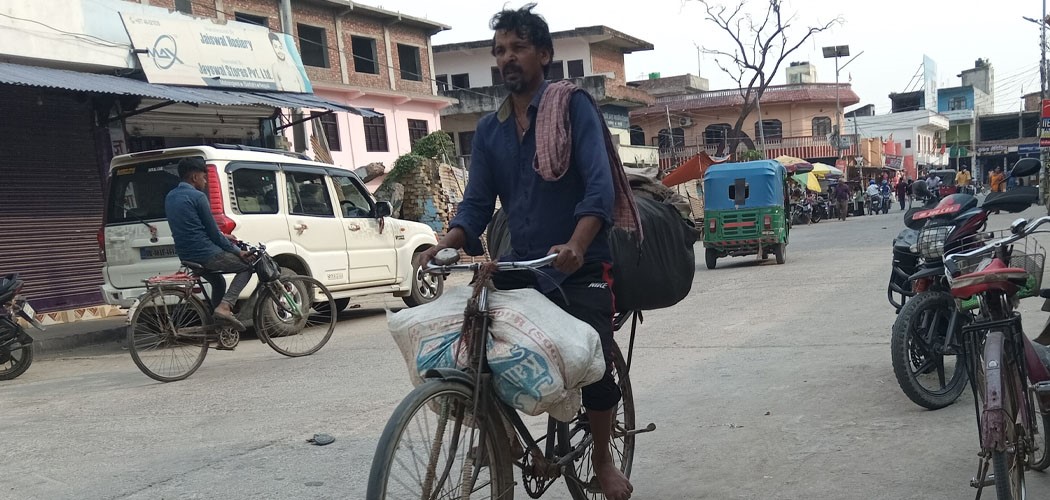
This alarming rise in temperature can be attributed
to global warming and climate change. In neighboring country of India, Delhi
recorded temperatures above 50 degrees Celsius, and Lahore in Pakistan
surpassed 53 degrees. These extreme conditions are making survival increasingly
difficult, especially for vulnerable populations.
Implications for Nepal
The impacts of rising temperatures in Nepal go
beyond immediate discomfort. The melting of glaciers is a major concern,
leading to higher river levels and posing risks of floods and landslides. This
threatens the livelihoods of those living along riverbanks and jeopardizes
agricultural productivity. The agricultural sector, which is crucial for
Nepal's economy, is facing severe challenges as crops fail due to extreme heat
and unpredictable weather patterns.
Moreover, Nepal's unique topography makes it
particularly vulnerable to the effects of climate change. The melting glaciers
contribute to the formation of glacial lakes, which can burst and cause
catastrophic flooding downstream. This not only endangers human lives but also
destroys infrastructure and disrupts communities.
Despite facing these severe impacts, Nepal's carbon emissions on a global scale are minimal. The country has a small carbon footprint, with limited industrial activity and a reliance on renewable energy sources such as hydropower. However, Nepal is disproportionately affected by the consequences of emissions generated by industrialized nations, highlighting the injustice inherent in the global climate crisis.
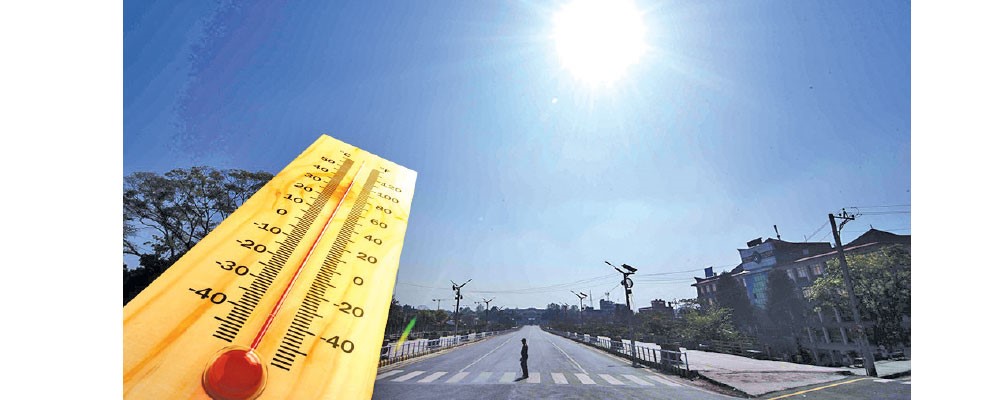
Major Polluters
The annual emission of more than 50 billion metric
tons of CO2 into Earth's atmosphere is a major factor in climate change. The
combustion of fossil fuels, the production of energy from non-renewable
sources, and other harmful human activities are the main causes of these
emissions. China, the United States and European Union are the most polluting
countries in the world, emitting more than 14 million, 6 million and 3.4
million tons of pollution of CO2 annually, respectively. These countries' high
reliance on fossil fuels and lengthy histories of industry are the causes of
their pollution. India's fast industrial growth is reflected in its 3.5 million
tons of CO2 emissions. Other significant providers are Brazil (1,140 million
tons), Iran (1,130 million tons), Japan (1,170 million tons), and Russia (2
million tons).
Country-wise,
China and India, rank as the first and third largest emitters of carbon
dioxide, hold significant responsibility in the global climate scenario. While,
these countries are taking steps to reduce their emissions, the pace and scale
of their efforts are inadequate considering the urgency of the crisis. Due to
its location between two of the biggest polluters, China and India, Nepal is
severely impacted by climate change. The suffering of countries like Nepal
underscores the need for a stronger and fairer response from major polluters.
International Commitments and Inaction
The Conference of the Parties (COP) has steadily
highlighted the need to control emissions and has committed to compensating
countries that suffer inexplicably from climate change. However, these
commitments have yet to be fully executed. The recent COP 28 conference in
Dubai echoed these promises, but tangible actions and financial support are
still lacking.
The situation in Nepal is a clear example of a major
global injustice. Despite Nepal not being a significant contributor to the
problem of climate change, it is bearing the brunt of its consequences. So,
who's to blame? Well, it's those big industrialized countries with their high
levels of emissions. They really need to step up and take responsibility for
their actions right now. It's about time that the international community,
especially the major polluters, acknowledges the harm they're causing and take
meaningful action to address it. We can't just stand by and let Nepal suffer
like this.
Prime Minister Pushpa Kamal Dahal 'Prachanda' presented
a strong argument for acknowledging the suffering caused by climate change to
the people of Nepal during the COP 28 session in Dubai. He stressed that Nepal
is making a legitimate claim for compensation based on the concepts of justice
and equity, not as a beggarly act. PM Prachanda continued that nations like
Nepal, who make negligible contributions to worldwide carbon emissions, ought
to be made whole for the prejudicial disadvantages they experience. In line
with the United Nations' declaration of the right to life and the rights of
innocent populations, he presented this compensation as a basic right where
this narrator was along with him. Similarly, António Guterres, the Secretary-General
of the United Nations, visited Nepal on October 29, 2023 and observe directly
the effects of climate change on the Himalayas. Guterres saw firsthand the
dangerous pace at which glaciers are melting and the ensuing risks to
populations downstream during his tour. He emphasized the critical need for
international cooperation and help for nations facing the worst effects of the
climate catastrophe, such as Nepal.
Nepal, Bhutan, Tajikistan, Kyrgyzstan, and
Afghanistan are among the nations with the lowest emissions, yet they are
disproportionately affected by climate change. In order to effectively support
vulnerable nations, the Global Climate Fund (GCF) needs greater finance and
implementation.



